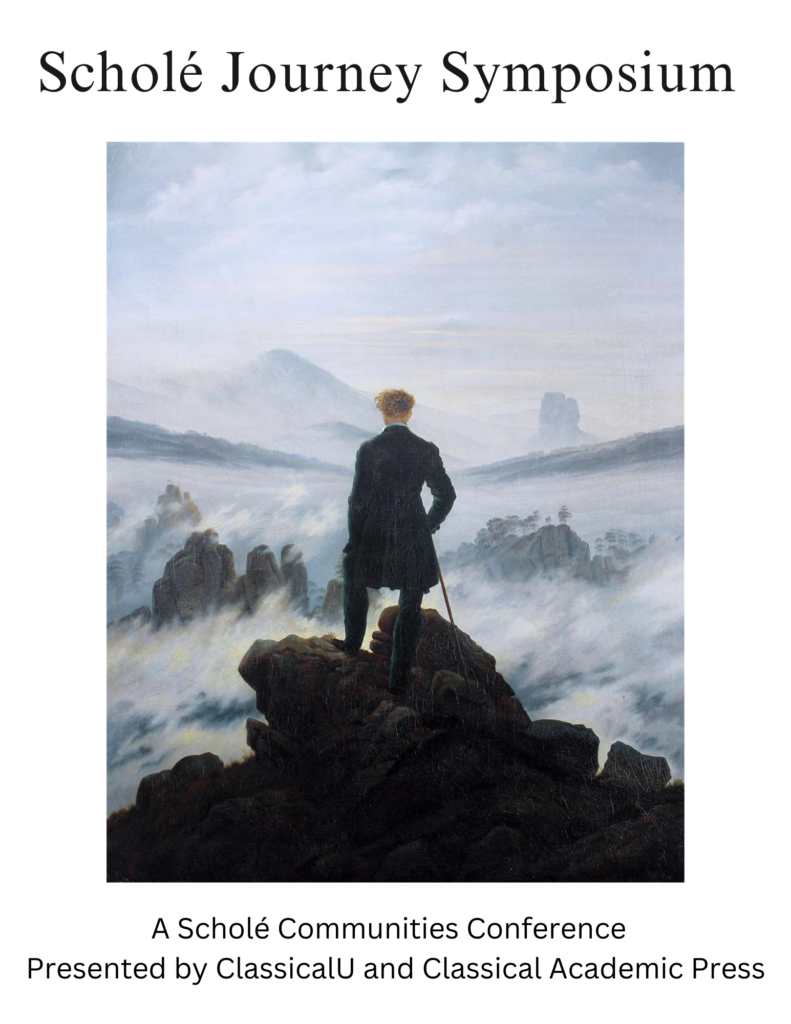
Scholé Symposium Handbook (Click Here)
In this symposium guide, you should find everything you need to follow along our journey together as we contemplate, consider, study, listen, and discuss. If you need anything at all, don’t hesitate to ask anyone of us for assistance.
Course Content
Expand All
Introduction & Plenary 1
Lesson Content
0% Complete
0/3 Steps
Plenary 2
Breakout A
Breakout B
Plenary 3
Preview thisCourse



